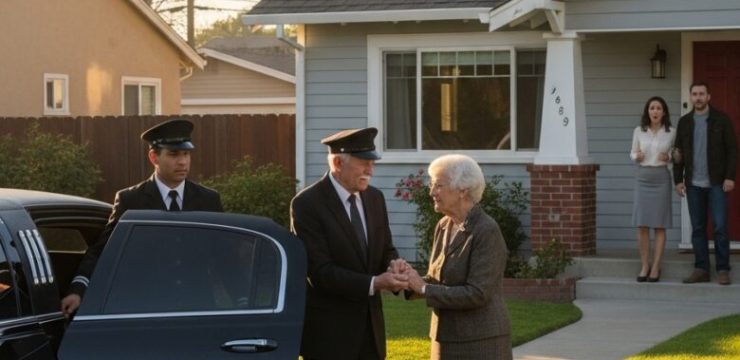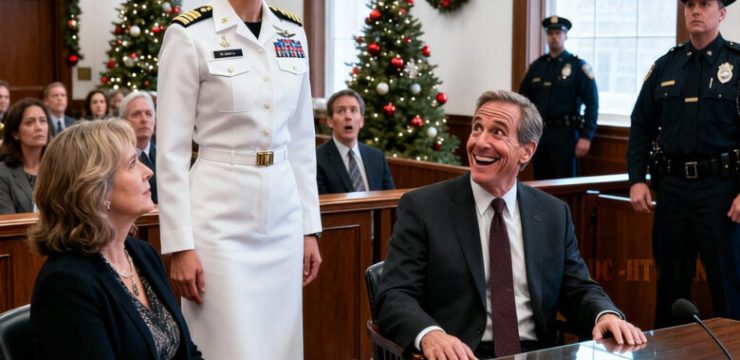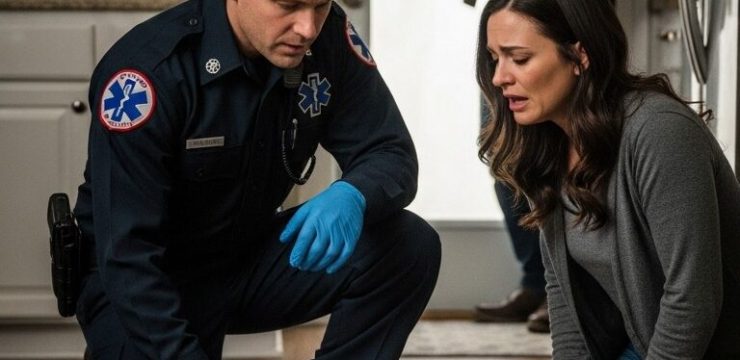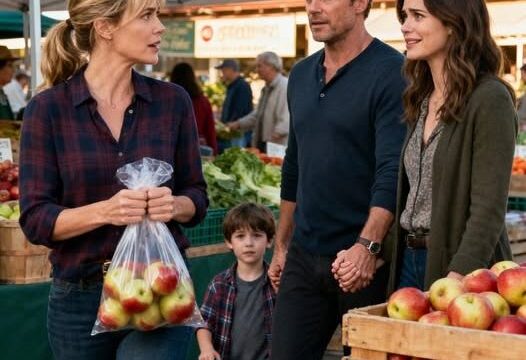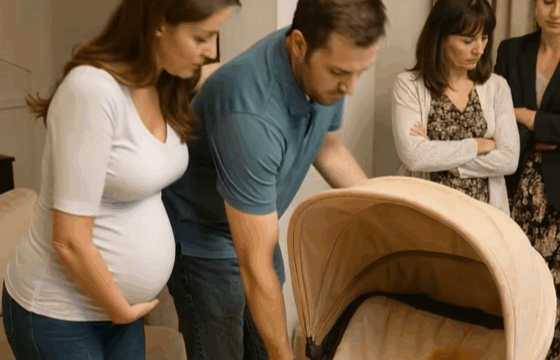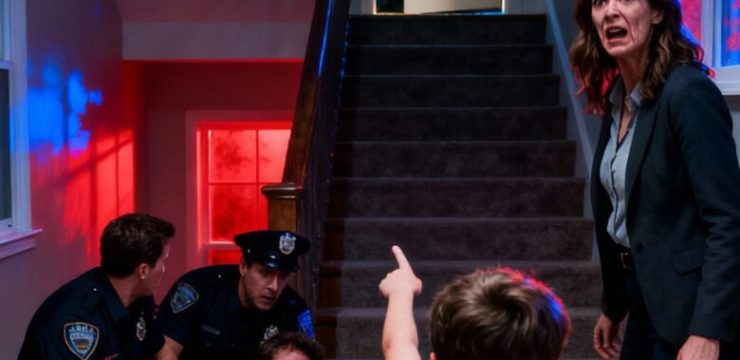The Vatican has officially announced that the secret conclave to choose the next pope will begin on May 7 inside the iconic Sistine Chapel, with approximately 135 cardinals from all over the world gathering to elect the successor to Pope Francis, who passed away at the age of 88 on Easter Monday.
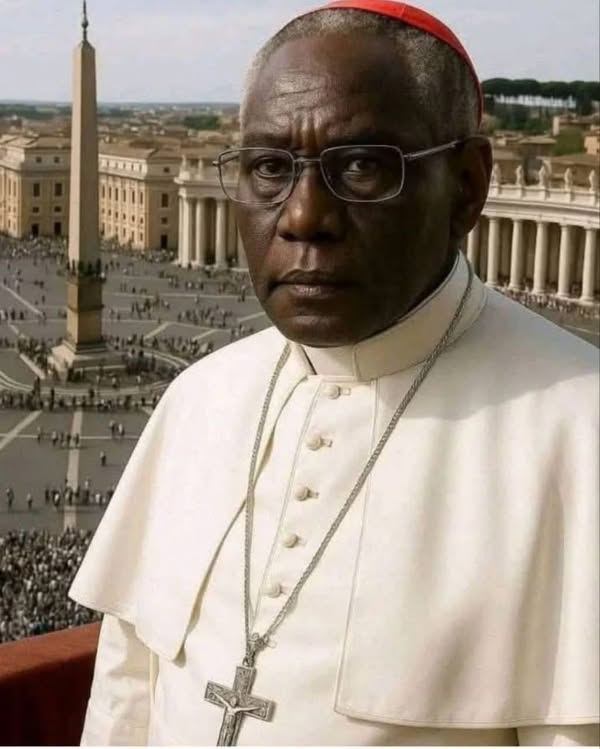
His funeral was held on the following Saturday and was attended by political leaders, royalty, and thousands of mourners. Although there is no fixed timeline for the election process, historical precedent suggests that it may conclude swiftly, as both the 2005 and 2013 conclaves lasted only two days. The conclave will commence with a solemn mass at St. Peter’s Basilica, after which the voting cardinals will move to the Sistine Chapel, where they will be cut off from all communication with the outside world until a new pope is chosen. On the first day, only one round of voting will be held, but from the second day onward, up to four votes may take place each day. A two-thirds majority is required for a candidate to be elected as the next pope, which can sometimes prolong the selection process.
Each vote is cast using a simple card that reads in Latin, “I elect as Supreme Pontiff,” followed by the name of the cardinal chosen by the voter. If after three full days no consensus is reached, the cardinals are permitted to pause for a day dedicated to prayer and reflection. The outside world, meanwhile, will watch closely for the traditional smoke signals from the chapel’s chimney—black smoke indicating that a pope has not yet been chosen, and white smoke signaling that the conclave has successfully elected a new leader of the Catholic Church.
The secrecy and spiritual gravity of the conclave, combined with the uncertainty of the outcome, contribute to the global fascination and speculation surrounding the event. The passing of Pope Francis marked the end of a transformative papacy, and his funeral was filled with both solemnity and tribute. During the service in St. Peter’s Square, hymns echoed through loudspeakers, occasionally interrupted by helicopters flying overhead.
Cardinal Giovanni Battista Re, aged 91, delivered the homily, reflecting on Pope Francis’ lasting influence and legacy. Following the funeral ceremony, an emotional procession carried the pope’s coffin through the streets of Rome to his final resting place at the Basilica of Santa Maria Maggiore. Authorities estimated that around 140,000 people gathered to witness the procession, clapping and waving as the white popemobile—repurposed as a hearse—traveled across the Tiber River and past iconic Roman landmarks including the Colosseum, the Roman Forum, and the Altare della Patria on Piazza Venezia. The scene was a powerful testament to the widespread admiration and affection Pope Francis inspired throughout his life. The day after the funeral, photos of the late pope’s tomb were made public. His name, as it was known during his time as pontiff, is engraved on the stone beneath a simple crucifix bathed in soft light. A single white rose rested gently on the stone, offering a poignant final tribute. As the Catholic Church prepares for this monumental decision, many wonder who will be selected to lead more than a billion Catholics worldwide. The process remains shrouded in tradition and mystery, but one thing is certain—the world will be watching. With history unfolding inside the Sistine Chapel, and all eyes fixed on the chimney’s smoke, the election of the next pope promises to be a moment of deep spiritual and historical significance.
